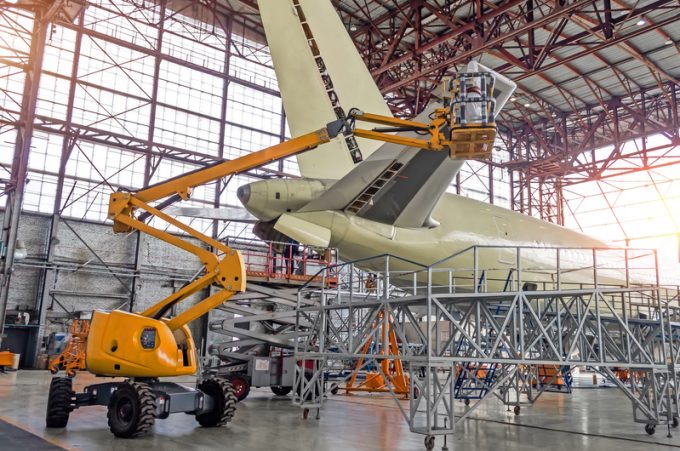Airfreight demand grows but 777F production logjam hobbles capacity
Boeing’s inability to deliver new 777-200 freighters is crimping carrier capacity to meet the strong ...

Buoyed by strong passenger demand, airlines have ramped up their schedules aggressively for the summer season, but they may get tripped up by a lack of functioning aircraft.
Supply chain problems in the aerospace sector are hobbling aircraft output and causing carriers to resort to desperate measures to keep their planes in the air – and the problem is not going away soon.
All parts of the industry – from carriers and manufacturers to maintenance and repair firms and conversion outfits – are feeling the impact, albeit in varying degrees.
Aircraft production is sputtering. Amid rising orders for its jets, Boeing tripped up again this month, this time having to pause delivery of 737 Max aircraft as a result of a faulty supplied part that attaches the tail to the rear end of the fuselage. Already, owing to problems with parts, the plane-maker earlier had to suspend deliveries of 767 freighters and tankers for three months, and that followed a year-long hiatus in 787 production.
Rival Airbus turned out 127 planes in the first quarter of this year, down 9% from a year earlier, as a result of parts shortages.
Higher costs and parts shortages are also delaying aircraft repairs. According to some sources, repair cycle times have doubled, due to extended waiting times for repaired components, from chips to raw materials. And the situation is exacerbated by a shortage of aircraft engineers.
According to a recent report from Reuters, airline and aircraft repair shops are increasingly relying on used parts to get aircraft back in the air. This has prompted lively activity in gutting older models to salvage parts. Plane-maker Bombardier is reportedly using a teardown venture to boost its stockpile of parts for maintenance and repair work.
Even relatively new aircraft are attracting attention. Aviation asset company EirTrade reportedly has plans to dismantle for parts two 787 Dreamliners after only 10 years in service.
Although conversion specialist Aeronautical Engineers (AEI) navigated unscathed through the past three years, a simple diode for a smoke detector is now a bottleneck, reported Bob Convey, SVP sales and marketing.
And the parts shortage has taken a toll on lead times.
“We are definitely seeing lead times increase on some parts, and this is most likely due to OEMs being first in line. It is always good to be the 800-pound gorilla,” said Mr Convey. “In many cases lead times have doubled,” he added.
This has led to a vicious cycle. To insulate itself against shortages, AEI has increased inventory levels – like most other players. As a result, shortages have become more entrenched as suppliers struggle to meet elevated demand.
“The supply chain is not built for that volume,” Mr Convey said.
This is a major factor in why the problem is showing no signs of disappearing. Honeywell Aerospace Trading expects elevated demand levels at least through the first half of 2024.
The industry will continue to scramble for parts, and the shortage may take a further toll on operations. Last summer, a parts shortage forced airlines, including Lufthansa and Qatar Airways, to ground planes. Would a combination airline now be tempted to ground a freighter to keep its more-lucrative passenger flights going? Time will tell.
Comment on this article
Pichuiyer Balasubramanian
April 28, 2023 at 5:02 pmSo, a grand opportunity awaits more entrepreneurs?